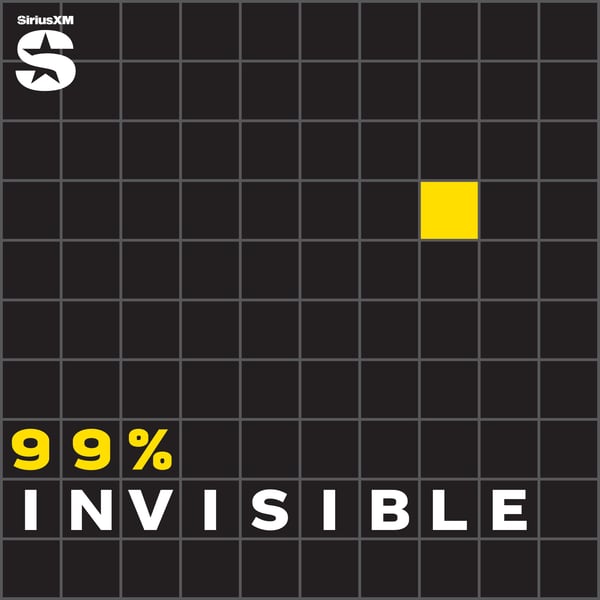314- Interrobang
99% Invisible
SiriusXM Podcasts and Roman Mars
4.8 • 27.5K Ratings
🗓️ 10 July 2018
⏱️ 32 minutes
🧾️ Download transcript
Summary
Transcript
Click on a timestamp to play from that location
| 0:00.0 | This is 99% Invisible. I'm Roman Mars. |
| 0:07.0 | In the beginning was the word. |
| 0:10.0 | And the word was, well actually there was just one word, one long and less word. |
| 0:16.0 | For thousands of years, text in Europe had no spaces between words. |
| 0:22.0 | There was nothing at all to guide the reader. |
| 0:25.0 | That's Keith Houston. He's a returning 99 PI guest and author of the book, Shady Characters. |
| 0:30.0 | So the idea was that the reader would read it aloud and they would have to find the boundaries between words that have to work out where sentences and clauses began and ended on their own. |
| 0:42.0 | Sometimes as never ending string of letters would execute what was called an ox turn. |
| 0:47.0 | If the first line of text read from left to right, the line below it would read from right to left with the characters themselves drawn backwards. |
| 0:54.0 | The point is reading was hard. |
| 0:57.0 | So there was a librarian at Alexandria, the third century BC, called Aristophanes suggested that readers might want to use little dots which were very easy to insert between letters in order to help them remember where the pauses were. |
| 1:13.0 | The system didn't follow strict rules of grammar. It wasn't about demarcating sentences but about rhythm. |
| 1:20.0 | It was initially a kind of stage direction. It was all about the performance of the text. |
| 1:26.0 | So a point halfway up the line was a very short pause. A point at the bottom of the line was a longer pause. |
| 1:32.0 | And a point at the top of the line was the longest pause, kind of like a full stop. |
| 1:37.0 | Aristophanes little dots formed the system from which almost all Western punctuation stems. |
| 1:43.0 | A partial thought followed by the shortest pause was called a comma. A fuller thought was called a colon. And a complete thought, a period. |
| 1:52.0 | A period. More punctuation followed. Medieval scribes gave us the earliest forms of the exclamation mark. |
| 1:58.0 | And in the eighth century, Alcuen of York, an English scholar in the court of Charlemagne, quietly introduced a symbol that would evolve into the modern question mark. |
| 2:07.0 | Ever since we've ended our sentences with one of these three marks, question mark, period, exclamation point. |
| 2:14.0 | They're called end marks. It's an exclusive club and really hard to break into. |
| 2:19.0 | That's 99 PI producer Joe Rosenberg. |
... |
Please login to see the full transcript.
Disclaimer: The podcast and artwork embedded on this page are from SiriusXM Podcasts and Roman Mars, and are the property of its owner and not affiliated with or endorsed by Tapesearch.
Generated transcripts are the property of SiriusXM Podcasts and Roman Mars and are distributed freely under the Fair Use doctrine. Transcripts generated by Tapesearch are not guaranteed to be accurate.
Copyright © Tapesearch 2025.

